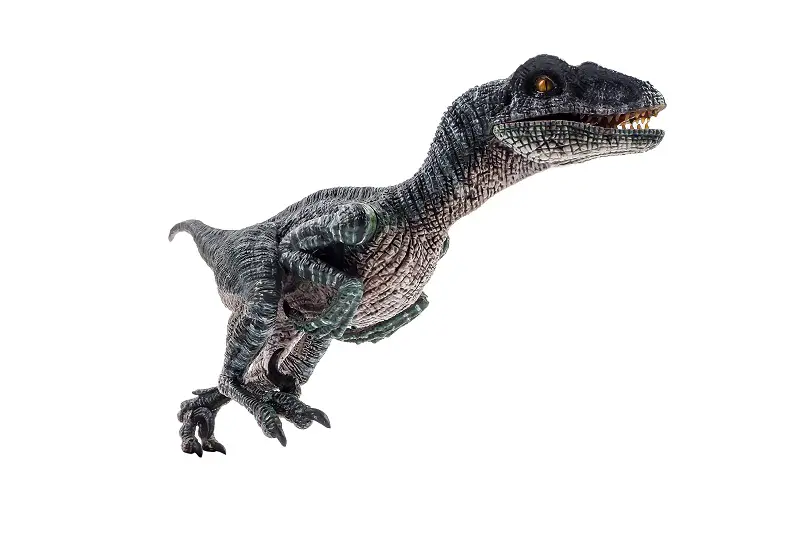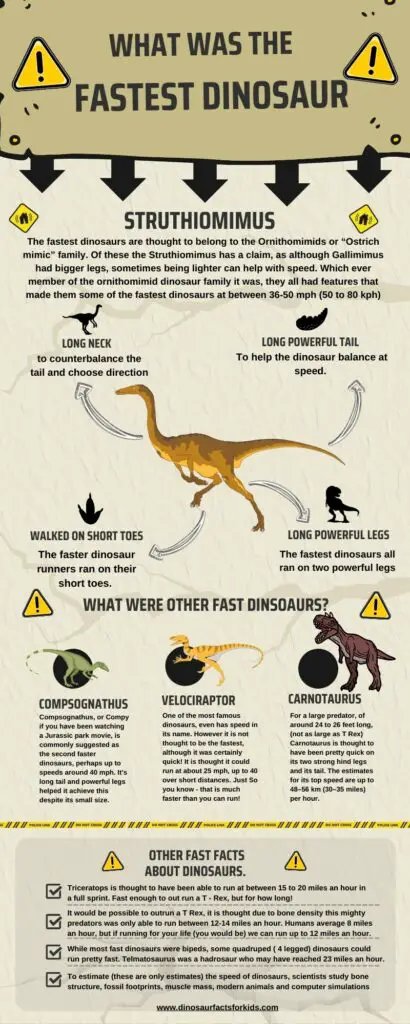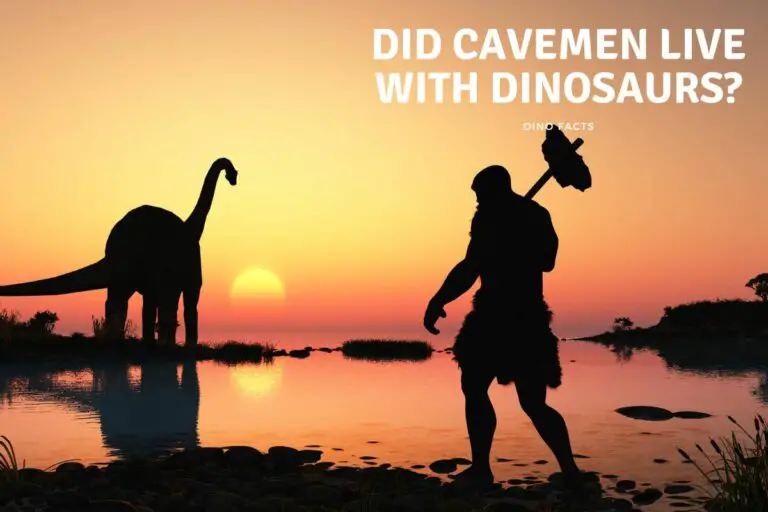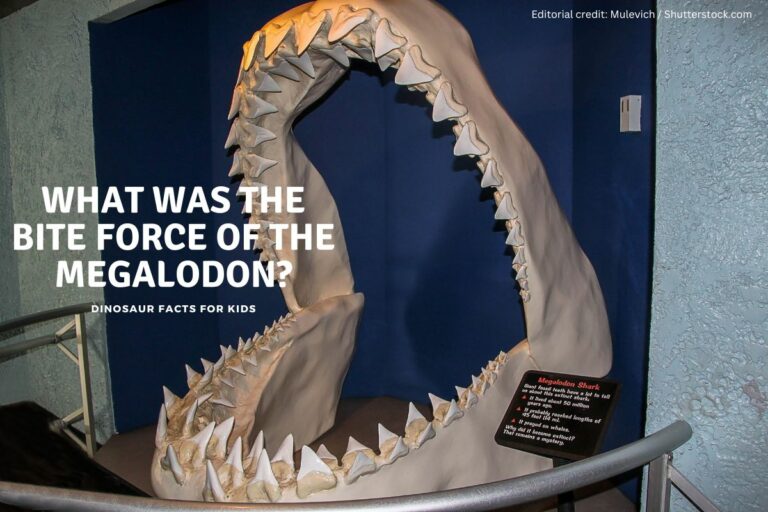How Fast Was a Velociraptor?
The velociraptor is firmly planted in the imagination of all dinosaur enthusiasts, largely thanks to Hollywood movies giving them such a prominent place in their list of protagonists, antagonists and even anti-heroes. It’s one of those dinosaurs that everyone has basically heard of and could probably tell you something about. Among the top cited facts about raptors are:
- They were born hunters
- They had a huge scary claw on each foot
- They were smarter than the average dinosaur
- They were fast

It’s the last of these facts that we’re going to focus on today, since it’s the only one that hasn’t been a subject of controversy. Their “pack hunter” reputation as depicted in movies, as well as their size and vicious slashing use of their claws were all largely based on a different but related raptor species:
Deinonychus antirrhopus. This dinosaur was much larger and lived quite a long time before velociraptors.
Velociraptors were long (about 2m) but smaller than depicted in height, about waist high (0.5m) on the average human, and were most likely solo hunters and probably used those scary claws for clutching at prey rather than slashing like a knife. All of this is before we get to the fact that raptors were feathered. In other words, these dinosaurs were basically like large land-dwelling birds of prey with teeth.
Their speed, however, is not in contention. These dinosaurs were fast, but just how fast? That’s what we’re exploring in today’s blog.
How Fast Was a Velociraptor?
The velociraptor was one of the fastest dinosaurs that ever lived, getting up to speeds of 25-mph as its running speed, and boosting that up to 40-mph when it was sprinting. Here’s how that speed compares to some other dinosaurs living before, after and at a similar time:
| Dinosaur Species | Size: L X H (meters) | Top Speed (mph) |
| Velociraptor | 2.07 x 0.5 | 25 (run); 40 (sprint) |
| Albertosaurus | 8.5 x 3.3 | 8.3 (walking) |
| Carnotaurus | 7.7 x 3 | 35 |
| Compsognathus | 1.1 x 0.26 | 38-40 |
| Gallimimus | 6 x 1.9 | 29-34 (average) up to 65 (believed) |
| Hypsilophodon | 2.3 x 1.2 | 25 |
| Struthiomimus | 4.3 x 1.4 | 49 |
| Ornithomimus | 3 x 2 | 43 |
| Parasaurolophus | 12 x 2.8 | 25 |
For some, one notable absence from the list is the T-Rex, which scientists do believe could run up to 27-mph at full speed. There is opinion, however, that the T-Rex would never attempt such speeds unless there were some dire or life-threatening reason for doing so because studies of their skeletons reveals that their sheer weight (about 17,600-lbs) would shatter certain bones in their body.
From this list, we can see that the velociraptor was among the fastest dinosaurs, but didn’t quite take the top spot. While its top sprinting speed was very high, it could only likely endure this speed in short bursts while hunting. The 25-mph speed is a fairer assessment of what the velociraptor could do over greater distances.

Could a Human Outrun a Velociraptor?
The short answer is no, certainly not. However, let’s take a closer look at the numbers and see what could happen. The fastest recorded human running speed on Earth to date is that of Usain Bolt with his 9.58-second 100m event time at the 2009 IAAF World Championships in Berlin. If you take that time and translate into our common understanding of speed in mph, then it works out to roughly 23.35-mph.
However, in 2011, scientists in Belgium used laser technology to work out Bolt’s speeds at different stages of a 100m race he was in that year. His top speed was achieved at the 67.13m mark, where he hit 27.33-mph. What’s also interesting about Usain Bolt is how his speed defies logic and biological understanding.
Bolt stands at 6 foot 5 inches (195cm) in height, and thus is not the most natural build of the “ideal” sprinter as understood by biologists. The ideal sprinter would be far more compact, loaded with fast-twitch muscle fibers in their legs that would aid in rapid acceleration. If anything, it makes Usain Bolt all the more interesting as a runner.
Of course, the story of the 20,000-year-old Aboriginal footprint found in New South Wales suggests that historic humans have been even faster than Bolt and his elite highly trained athlete clique.
Study of the footprint revealed that the man in question was running at about 37km/h (23-mph), which was about the same average speed as Bolt in his 2009 world-record sprint. However, there’s an important difference here.
The Aboriginal man was running in the mud, and Bolt on a specially prepared track and armed with fantastic footwear and other conditions. It does raise the question of whether or not these ancient men were far faster than anyone living today.
We have an infographic to share and use with some of the fastest dinosaurs and some fast facts about the speeds of dinosaurs. You can click the picture to make it larger or share.
Conclusion
Returning, then, to the core question of today’s blog. Could a human outrun a velociraptor? It seems that our Aboriginal ancestor stood the best chance of all, but in all likelihood no human could outrun a raptor. The velociraptor’s typical running speed was 25-mph, which is close to our current fastest recorded human’s sprinting speed that even he can only maintain over 200m at the very most.
Lucky for us humans, we’ve invented contraptions that allow us to travel far faster than the raptor could over land, and so if we were armed with such a contraption like a car or off-road 4×4, then we’d likely have a good chance of outpacing these fast runners of the late Cretaceous period.
Sources
- https://peerj.com/articles/3420/
- https://ucmp.berkeley.edu/diapsids/buzz/locomotion.html
- https://www.ultimateswimfin.com/blogs/news/discovery-channels-shark-week-uproar-over-michael-phelps-race-with-a-cgi-shark
- https://www.nationalgeographic.com/science/article/tyrannosaur-trex-running-speed
Hi, I am Roy Ford a General Studies and English Teacher who has taught all over the world. What started as a fossil collection became a great way to teach, motivate and inspire students of all ages and all over the world about dinosaurs and from that and children’s love of dinosaurs came the site dinosaur facts for kids, a resource for all ages.








